This is the second in a series of blog posts highlighting the "Deep Dive" Professional Development Process at The Peck School in Morristown. Faculty members with more than three years of experience are expected to take a Deep Dive every four years to participate in a meaningful, reflective activity or project that will benefit them personally, as well as their students and the school. The goal of the Deep Dive is to have a lasting and direct impact on their teaching craft and curriculum.
TRANSFORMATIVE LEARNING THROUGH PROBLEM BASED MATH: A DEEP DIVE WITH AMY PAPANDREOU
BY CHRIS STARR - DIRECTOR OF MARKETING AND COMMUNITY OUTREACH
“There is one thing I’ve observed in my years of teaching. Too often, students are taught how to do things without being taught how to apply what they are learning to solve real world problems,” says Amy Papandreou, Upper School Math Teacher. So when Amy heard about the Anja S. Greer Conference on Math and Technology at Phillips Exeter Academy last summer and its focus on “Problem Based Learning (PBL) in the Math Classroom,” she knew it was the professional development opportunity for her.
Too often, students are taught how to do things without being taught how to apply what they are learning
Problem-based math is an approach that jump-starts the development of the skills essential to mastering higher-level math. Traditional mathematical concepts are still covered, but the problem-based approach makes learning math more intellectually rigorous and creatively engaging. In math, as in life, there may be a variety of ways that a solution can be reached. By capitalizing on this notion in the math classroom, teachers can encourage ingenuity in learning math while discouraging students from quitting on a problem when they feel they aren’t on the right track, or locating the “right answer”.
Amy chose to attend the conference because she was intrigued by this idea. After two weeklong sessions learning techniques for applying PBL to Algebra, and on transitioning a classroom from traditional instruction to PBL, she was hooked. Amy was determined to research the prospect, and experiment with the implementation of PBL in some aspect of the Upper School math program. As she was entering a Professional Development “Deep Dive” year at Peck, she decided to devote hers to bringing about a transformation of her 7th Grade Honors Algebra class.
Implementing a whole new approach to teaching a math was a big risk for Amy. Not only would she be asking students to engage with the material in a completely new fashion, she would be managing her classroom time in a much less traditional way. Students would take six or seven problems home each night. The problem sets would provide opportunities for them to develop unique and creative solutions, or open them to the risk of uncertainty, partial progress, or failure.
Back in class, students would then make presentations of their results, their thought processes, and share their approaches. Classmates would have the opportunity to ask questions and provide feedback. Amy would be available to offer guidance, support, and instruction. Redirecting her classroom time to sharing and discussing meant that Amy would be stepping back, literally, from the head of the classroom, and allowing her students to take more responsibility in the learning process.
This approach to math instruction has been compared to the Harkness Method in the humanities. The Harkness Method places greater demands on students to discuss ideas in an encouraging, open-minded environment with only occasional or minimal teacher intervention. It introduces some unpredictability into the management of a class session, but improves engagement and comprehension.
Amy’s Deep Dive has turned out well for herself professionally and her students academically. The 7th Honors Algebra class was so big she had to split the students into two sections. She will continue to use this approach in the coming years with her students and by doing so will further a major pillar of the schools 2015 Strategic Plan to provide “Integrated and Inspirational Learning” across disciplines.
Now it’s your turn:
A movie theater charges $6 for each adult and $3 for each child. If the total amount in ticket revenue one evening was $1428 and if there were 56 more children than adults, then how many children attended?
[cta id="678" vid="0"]





